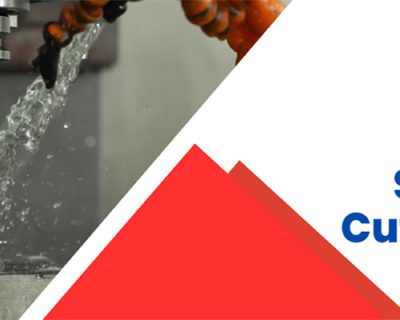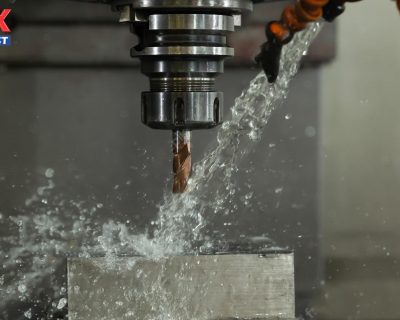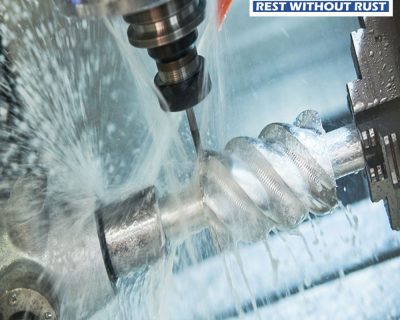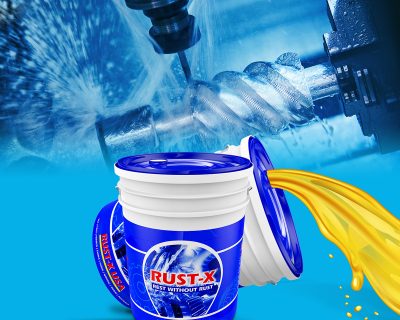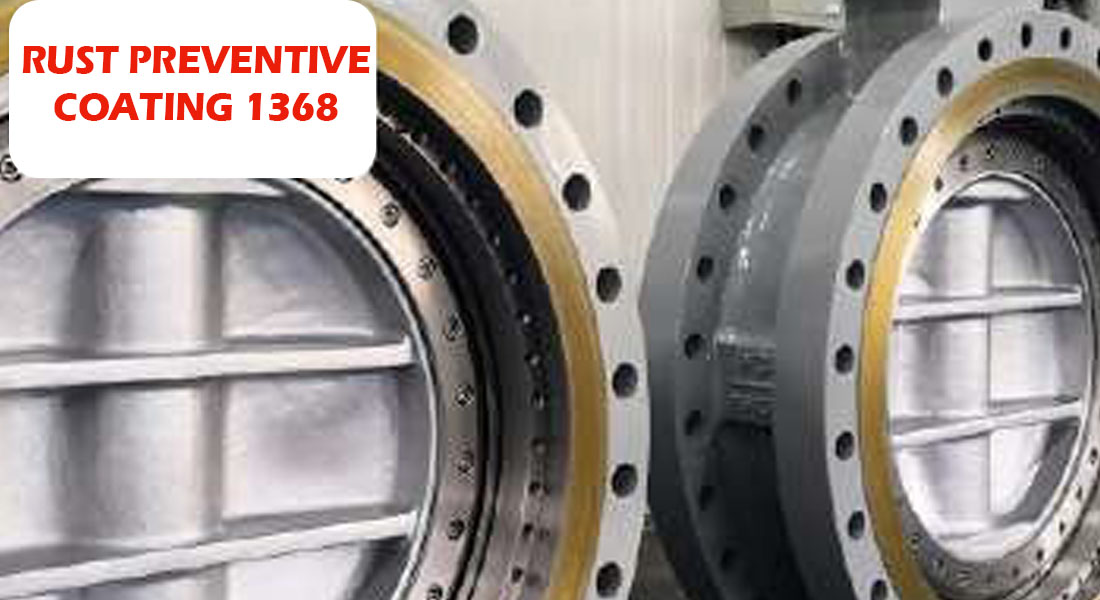
How do rust protective coatings protect steel ?
As one of the most commonly used materials in construction, steel is an essential element in modern society. However, steel is prone to corrosion, which can cause significant damage and shorten its lifespan. To combat this problem, rust protective coatings are used to protect steel surfaces from environmental factors that cause rust. In this article, we will explore the world of Rust Protective coatings, how they work, and the different types available.
What is Rust Preventive Coatings?
Rust preventive coating is a type of protective layer applied to the surface of metals to prevent them from rusting. It creates a barrier between the metal and the environment, which helps to block oxygen and moisture from reaching the metal surface. This protective layer can come in different forms, including paint, powder coatings, and galvanized coatings. Rust preventive coating is commonly used on steel and iron surfaces, as they are prone to rusting due to their high iron content. By applying a rust preventive coating, the metal surface can be protected from corrosion and extend its lifespan.
How Do Rust Protective Coatings protects Steel?
Rust protective coating for steel is a type of coating that’s designed to prevent the steel from rusting. Steel is an iron-based alloy that’s highly prone to rusting when exposed to moisture and oxygen. Rust protective coatings create a barrier between the steel and the environment, preventing rust from forming on the surface of the steel.
Rust protective coatings come in different forms, including paint, powder coatings, and galvanized coatings. Each type has its unique advantages and disadvantages, and the choice of coating depends on the application and the environment.
Types of Rust Preventive Coatings
- Paint – Paint is a popular type of rust preventive coating. It’s easy to apply, comes in a variety of colors, and can be used for aesthetic purposes as well. Paint creates a barrier between the metal and the environment, preventing oxygen and moisture from coming into contact with the metal surface. However, it can chip or peel over time, which can compromise its effectiveness as a rust preventive coating.
- Powder coatings – Powder coatings are a dry powder that’s electrostatically charged and sprayed onto the metal surface. The powder then adheres and is cured in an oven. Powder coatings are highly durable and provide excellent protection against rust. They’re also environmentally friendly since they don’t require solvents.
- Galvanized coatings – Galvanized coatings involve dipping the steel into a bath of molten zinc. The zinc forms a protective layer on the surface of the steel, preventing rust from forming. Galvanized coatings are highly durable and long-lasting, making them ideal for harsh environments. They’re also resistant to scratches and damage, providing excellent protection against rust.
- VCI Jelly Wax – VCI stands for Volatile Corrosion Inhibitors, and VCI Jelly Wax is a type of coating that contains VCI molecules. These molecules vaporize and form a protective layer on the metal surface, preventing rust and corrosion from forming. VCI Jelly Wax is typically used on complex shapes and hard-to-reach areas since it’s easy to apply and doesn’t require specialized equipment.
- VCI Coatings– VCI coatings are a type of rust preventive coating that uses VCI molecules to prevent rust and corrosion. These coatings are usually applied by spraying, dipping, or brushing onto the metal surface. They create a barrier between the metal and the environment, preventing moisture and oxygen from coming into contact with the metal surface. VCI coatings are typically used in harsh environments, such as marine or offshore applications.



